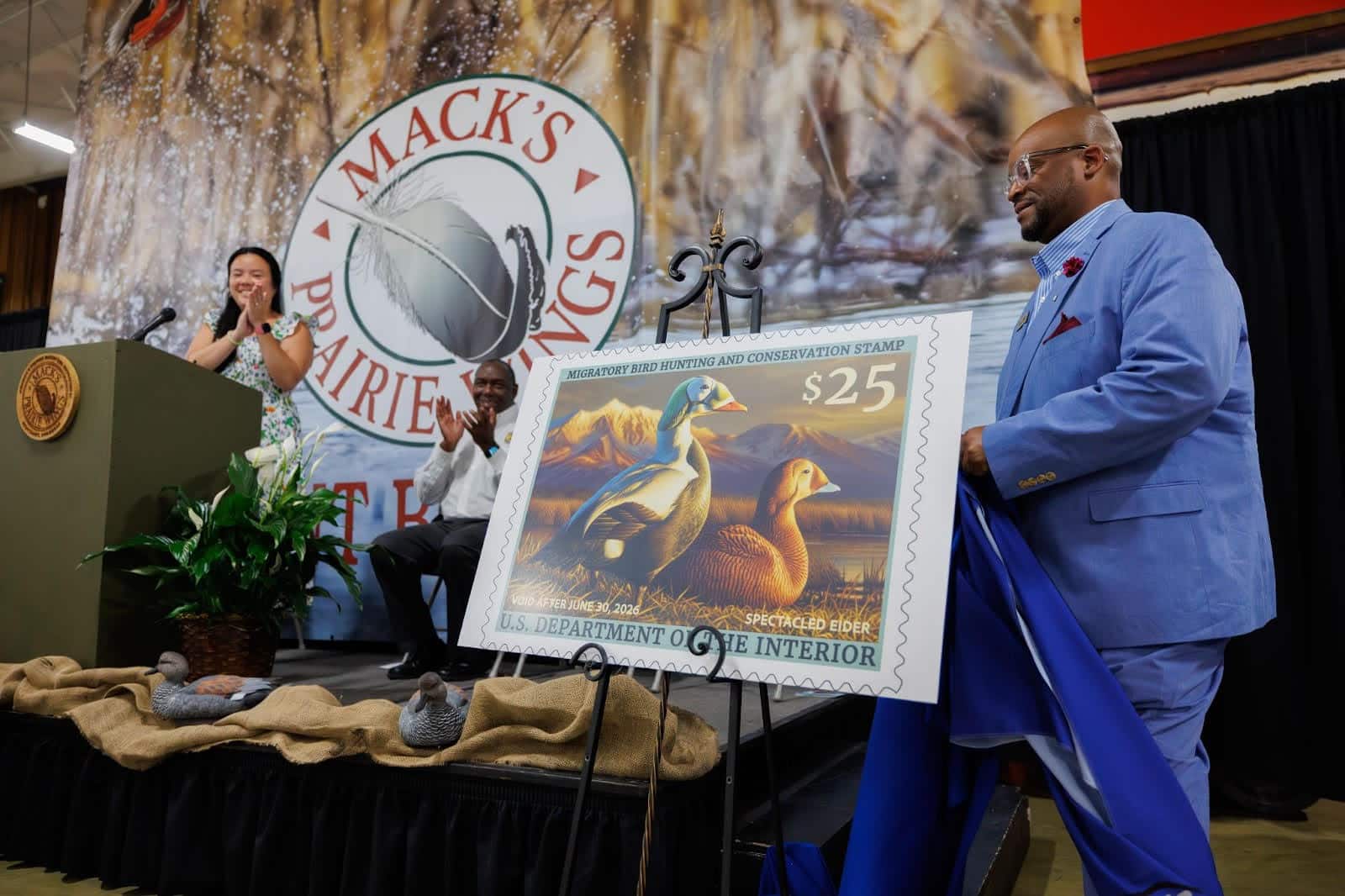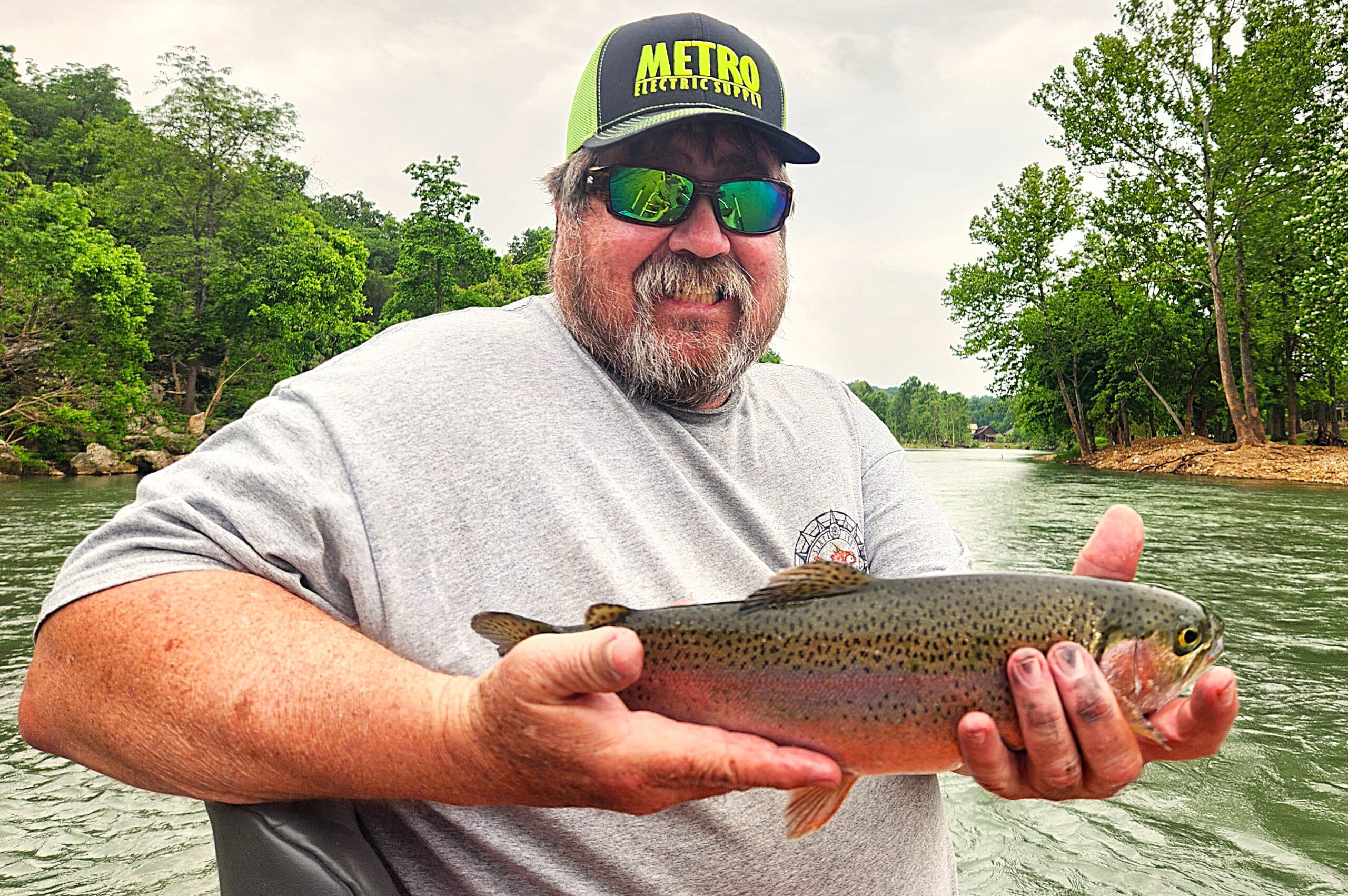WRICE program fields still offering benefits for waterfowl, birdwatchers and wildlife viewers
ON 02-17-2021
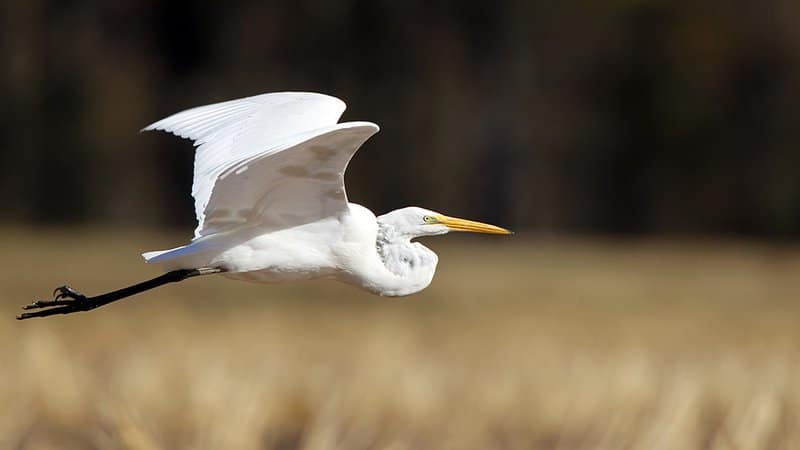
Feb. 17, 2021
Randy Zellers
Assistant Chief of Communications
LITTLE ROCK — There’s still time to enjoy one of the many private-land locations reserved throughout the state through the Arkansas Game and Fish Commission’s Wildlife Management Division’s Waterfowl Rice Incentive Conservation Enhancement Program, you’ll just need to switch from the shotgun to binoculars, spotting scope and camera. Until February 28, people interested in viewing wildlife on any of the WRICE program locations may do so without any special permits or permissions.
Anyone interested in birdwatching or viewing other wildlife on a WRICE field can find descriptions and locations of the areas under contract with the AGFC at www.agfc.com/WRICE.
Interested birdwatchers may click here for an updated map.
Parking at each location is allowed only in designated parking areas on the maps, and access is by foot.
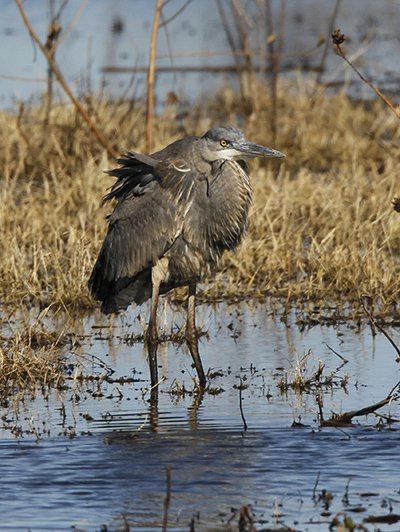
“We are asking visitors not to travel down any farmroads or turnrows that aren’t publicly maintained roads,” Luke Naylor, waterfowl program coordinator for the AGFC, said. “If the road doesn’t appear to be well maintained, the best decision is not to drive on it. These private landowners are opening their property up for the public to enjoy and we want to continue the good relationships we’ve built with this program. If you have any questions, consult the map online.”
Originally designed to prevent fall tillage where rice producers would normally turn under waste rice and stubble that still has great value to migratory birds, including waterfowl, the WRICE program was expanded last year to include hunting opportunities, then expanded even further this season thanks to a Natural Resources Conservation Services Voluntary Public Access grant. While the program rightfully captured many people’s attention for the increased waterfowl hunting opportunities on private land, an element never before explored in the world’s duck-hunting capital, its primary role still is to put more valuable habitat on the ground for migratory birds.
In addition to waterfowl species, many types of shorebirds and wading birds make use of flooded rice fields, including greater and lesser yellowlegs, rails, grebes, herons, egrets and sandpipers. Even in fields where waste rice grain has been depleted, decomposing rice stubble creates the perfect environment for invertebrates many avian species need for protein as well as nutrients to benefit egg production.
According to the AGFC’s Wildlife Management Division, more than 1,000 unique hunters applied to hunt one of the AGFC’s Waterfowl Rice Incentive Conservation Enhancement Program fields at some point during the 2020-21 duck season. Of those applicants, more than 300 were able to draw and bring three hunting partners to enjoy the opportunity to hunt, opening hunting opportunities up to a possible 1,200 hunters last season. With the added benefit of wildlife watching throughout February, the program stands as a shining example of conservation efforts that serve many user groups as well as the resource.
For more information about the WRICE program, visit www.agfc.com/WRICE.
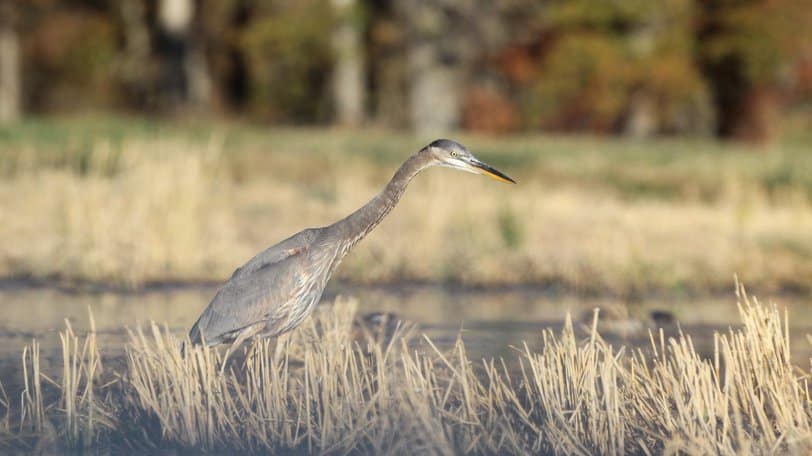
Recent News
Subscribe to Our Weekly Newsletter E-mails
Don’t miss another issue. Sign up now to receive the AGFC Wildlife Weekly Newsletter in your mailbox every Wednesday afternoon (Waterfowl Reports are published weekly during waterfowl season and periodically outside the season). Fishing Reports arrive on Thursdays. Fill in the following fields and hit submit. Thanks, and welcome!

